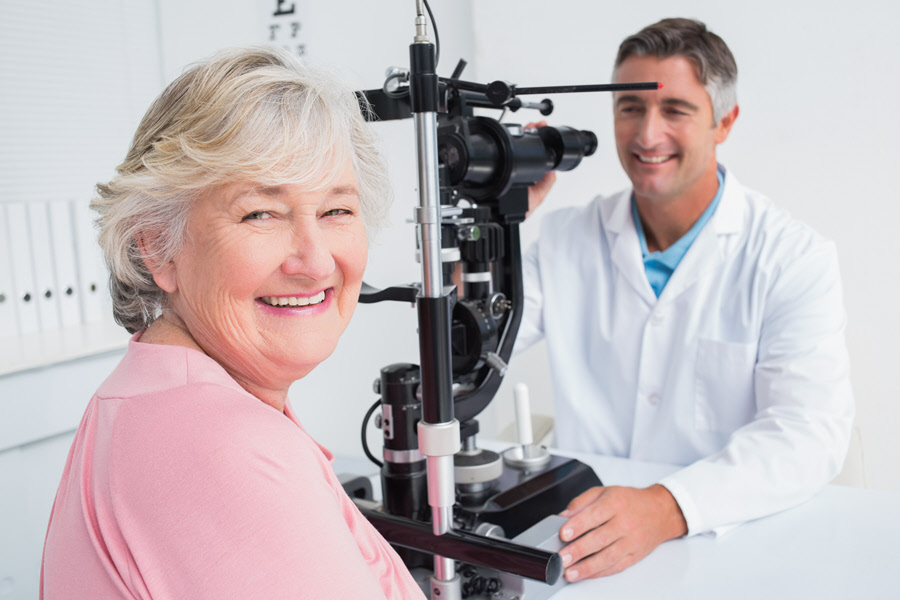A normal baby's vision is very poor at birth, only limited to large objects moving in front of their face. The limited vision is due to small pupils and immature visual centers in the brain. In one month, the pupil widens and the retina forms, allowing babies to appreciate colors, differentiate sizes and shapes, and develop an interest in nearby objects. Between 2-4 months, the eyes may appear crossed, but this resolves after some time. At four months of age, the babies can reach for nearby objects. They develop depth perception and recognize faces at five months. By the eighth month, the babies have enhanced hand-eye coordination skills. From 9-12 months, they develop their final eye color and a good sense of judging distances. By the time the child is one year old, they should have their sense of sight intact. Children can develop eye diseases such as amblyopia in early childhood because their visual system is flexible during the first eight years of life.
How does normal vision develop?


